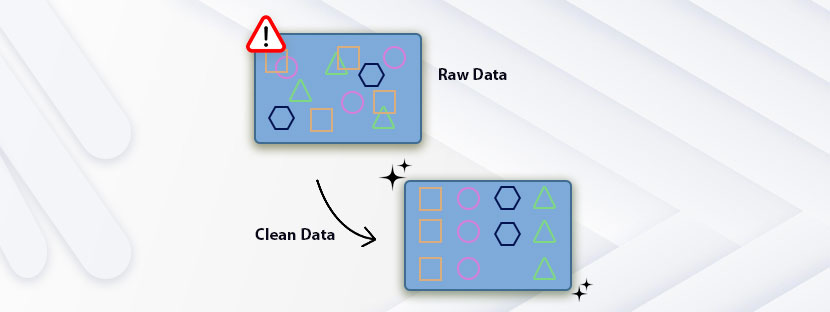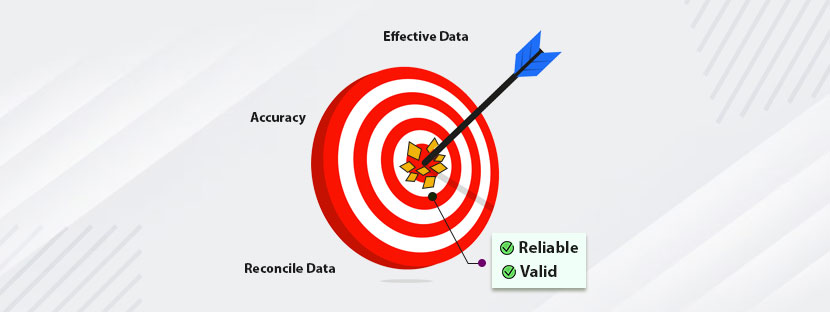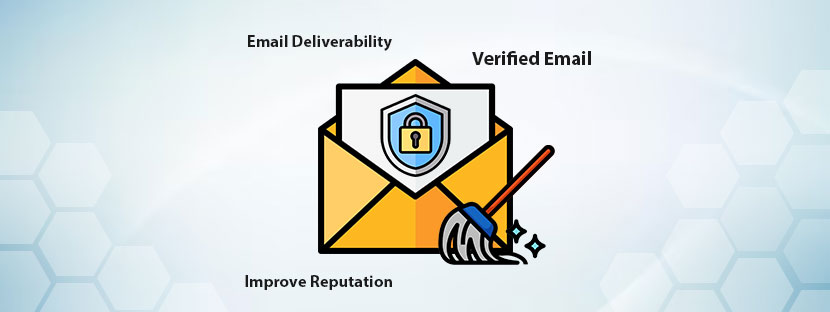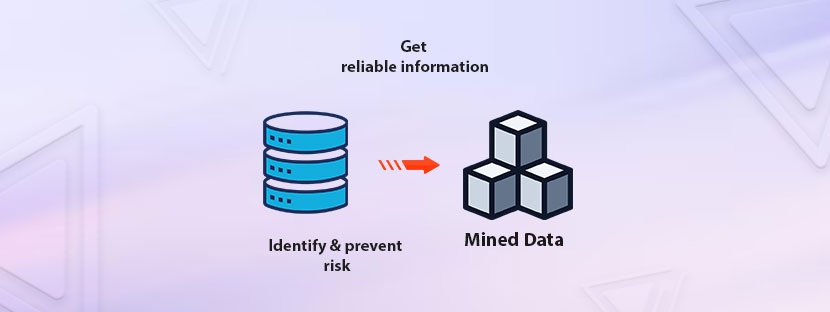In This Article
Raw data is imperfect. You can only make errors if you use raw data to make decisions. So, the only way to avoid it is to follow the data cleansing methodology. That’s pretty straight, right?
Well, ignoring data processing while dealing with raw data can make costly mistakes. Earlier, Google Trends got flu information wrong, and it happened due to ignoring data cleaning and proper data analysis. Hope you will not repeat what Google has done there and that is the probable reason why you are here. Data cleansing is the initial stage where you can start with!
Let’s understand the intricacies of various data cleansing procedures and methods quickly in this blog. So that you can channel your data in the right direction, and of course, avoid costly data mistakes.
How to Identify Data Quality Issues
Clean data is a fundamental necessity to make data-driven decisions. Ignoring data quality issues can adversely impact your business and damage the decision-making process over time. Therefore, you need to meticulously fix data quality issues and rationally improve data standards alongside. There are some fixed parameters that you need to check to identify and improve data quality issues.
Here’s the list;
1 Data Inaccuracy
Mistakenly putting the wrong information in the dedicated data field can cause data inaccuracy. By continuing so, it can lead to flawed analysis and, as expected, poor decisions.
Imagine you have been allotted the task of sending pitches to new clients for your new product launch. However, on your end, when putting the emails in your database, you mistakenly replaced (o) with (0) while copying and pasting the data. Now, there’s a high chance (rather, sure) that all your emails will hit the wrong inboxes. As a result, you’ll get nothing in return and your email ID’s spam rate might increase.
2 Duplicate Records
Duplicate records simply means the same records twice or even multiple times appear in your database. Following proper data cleansing methodology is required to eliminate unnecessary data from your database. To check whether you have redundant records on your database, you can go for a random check. Take any database for consideration, go through it, and if you find the same records twice then you can plan deduplication.
3 Structural Issues
Structural or formatting issues are common and in most cases, they can the maximum disasters. Always try to maintain a single format for all your data to avoid structural issues. If your data structure is not uniform you can fix it by following data standardization and data cleansing procedures.
4 Missing Records
Notify immediately whenever you find any missing value on your database. Any type of missing value can cause skewed results if you consider it while making decisions. Following the data modification and data cleansing process thoroughly can help you add values to your missing data.
Advanced Data Cleansing Methodology
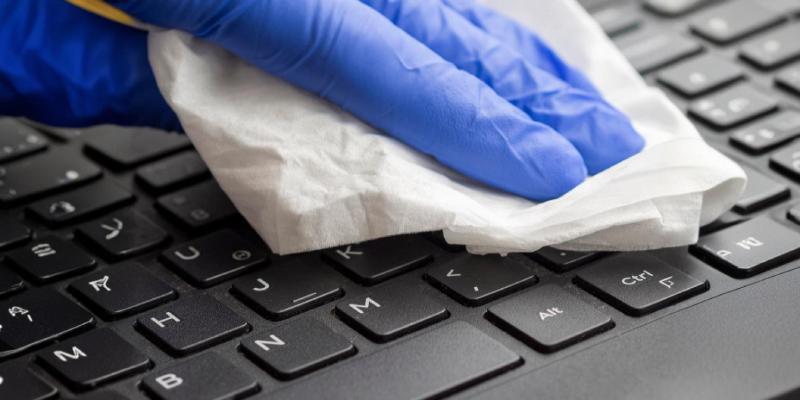
The relevance of clean data is so wide that it cannot be expressed in absolute words. Big data companies are spending hefty sums to make their data in the right order to utilize and maximize it. It does not matter the size of your operations, following the right data cleansing procedures is important, which can only lead to sophisticated analytics. I’m detailing here some of the most common and popular data cleansing processes that can make your database analytics-friendly.
Let’s Handle Missing Values First
Missing values are easily detectable and it’s a very common phenomenon in any database. There are a few ways data scientists follow when they encounter missing values;
Detect Outlier and Treat it.
Outliers are those data points that deviate significantly from other observations. Ignoring outliers can skew further analysis at a rapid scale. In data cleansing methodology, we can detect and treat outliers like this;
Removal of Duplicates
First, identify and determine where to deploy deduplications. Randomly selecting datasets and checking them throughout can help sometimes. You can skip initiating data deduplication if random checking does not identify any duplicate records in the database. Otherwise, following data cleansing procedures, you can go for;
Normalize and Standardize Your Datasets
Follow data standardization guidelines to maintain uniformity and consistency of your data across your datasets. Setting standardization rules for each data record can help maintain a uniform format across the database. Data standardization and data cleansing processes suggest;
Way Forward
Raw data rarely helps. However, clean data always helps and brings the best decisions. To amplify the best use of your data, following a data cleansing methodology is a necessary thing. Well, a proper structure is there in place that guides you to make your database always clean. However, some businesses might feel that following the data cleansing procedures is a little overwhelming. Therefore, for them, it’ll be best to outsource data cleansing services from any reputed provider. This can save their time as well as cost while they can deploy the best sets of data to their decision-making process.

